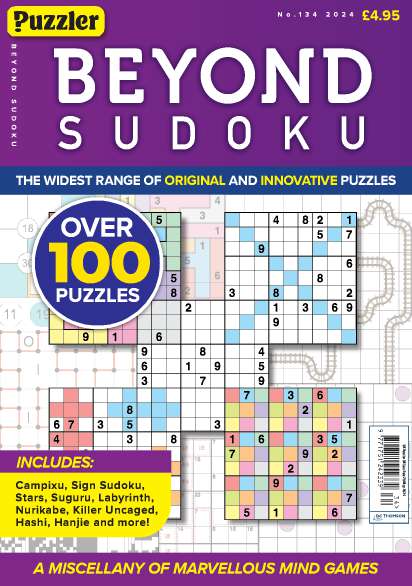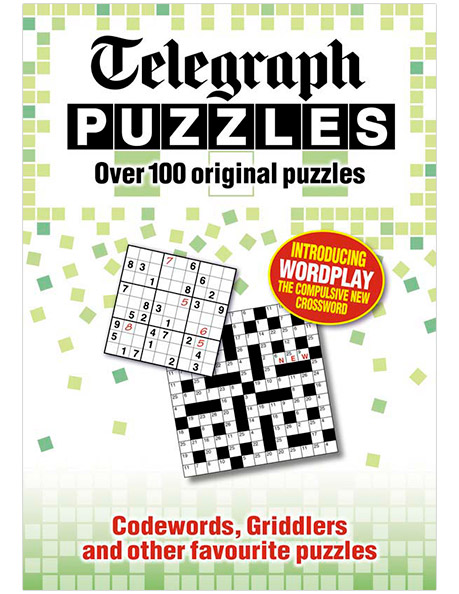Mosaic
Also Known As:
ArtMosaico, Count and Darken, Cuenta Y Sombrea, Fill-a-Pix, Fill-In, Komsu Karala, Magipic, Majipiku, Mosaico, Mosaik, Mozaiek, Nampre Puzzle, Nurie-Puzzle, Oekaki-Pix, Voisimage
John Horton Conway's mathematical recreation, the Game of Life, inspired Trevor Truran, one of Puzzler's editors, to create the puzzle known as Mosaic.
The Game of Life came to prominence when it was featured in Martin Gardner's column for the 'Scientific American', in October 1970. The Game is based on a grid of square cells, each of which is live or dead. Each cell interacts with its eight direct neighbours, according to certain specific rules, at every step of time. These rules are: any live cell with fewer than two live neighbours dies; any live cell with more than three live neighbours dies; any cell with two or three live neighbours survives to the next generation; any dead cell with exactly three live neighbours becomes a live cell. The Game of Life (for zero players!) opened up a new field of mathematical research, according to Martin Gardner, 'the field of cellular automata'.
Trevor's puzzle idea was to create 'a grid of squares completely filled with numbers – from 0 to 9 – where each number showed how many of its cell and its neighbours contained something.' The dilemma for Trevor was that, 'having filled in the squares, there had to be some result'. In other words, there had to be a reason to do the puzzle. Two of Trevor's puzzles featuring this 'internal referencing' were called Bog Hopping and Bang to Rights and both worked around the idea of finding a path across a grid. Eventually, it occurred to Trevor that this idea could be used to create pictures. He passed this thought to Dave Green at Conceptis Puzzles and the result was a Minesweeper-type puzzle called Mosaic that, when solved, produced a pixelated picture for the reader.
Featured In
Related Products




